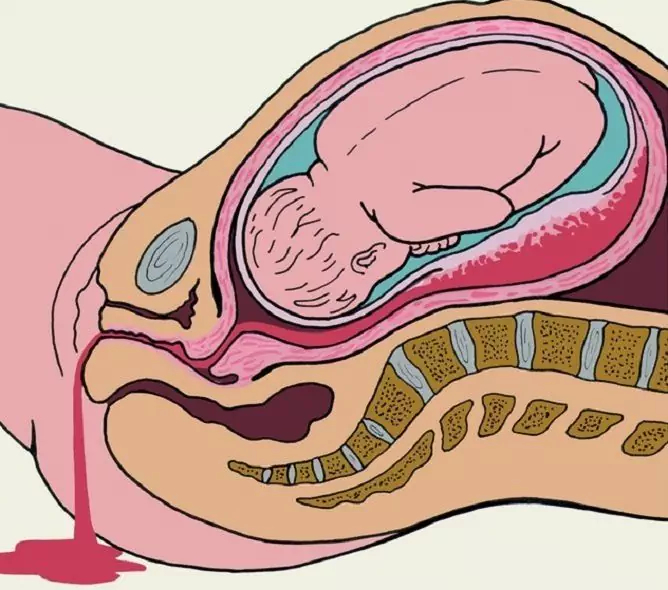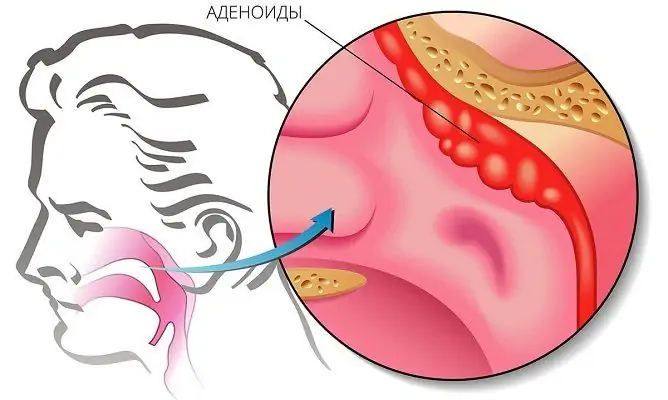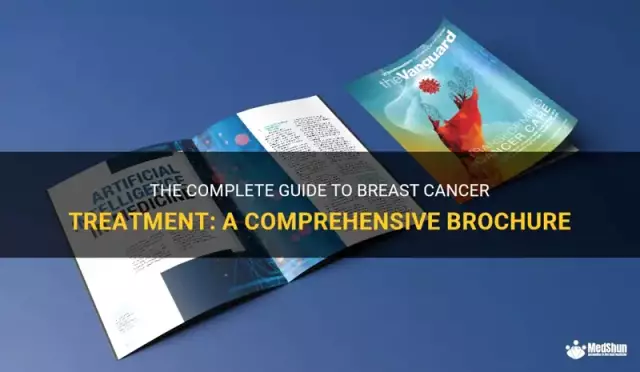- Author Rachel Wainwright [email protected].
- Public 2023-12-15 07:39.
- Last modified 2025-11-02 20:14.
Cardiopsychoneurosis
Brief description of the disease

Nowadays, people suffer from a variety of defects of the cardiovascular system. Some of them can be described literally in two or three words, while others require a long and detailed story. Neurocirculatory dystonia is one of such diseases. It will not work to describe it in several sentences, since in this case any description will suffer from inaccuracy and insufficient completeness. This is due to the fact that when diagnosed with neurocirculatory dystonia, the symptoms of pathology contain features of many other diseases.
In fact, this is the sum of all the adverse changes that exist in nature, a vivid example of common disorders in the body. To be convinced of the validity of these words, it is enough to get acquainted with the opinion of the patients themselves. Most of them claim that absolutely everything hurts with neurocirculatory dystonia. That is, even if a person feels severe pain in the heart area, but does not feel other unfavorable changes, this does not mean at all that he is developing neurocirculatory dystonia. The key characteristic feature of this disease is the variety of manifestations. However, we will talk about them a little below, but for now let's dwell on what neurocirculatory dystonia is and who is sick with it.
In general, neurocirculatory dystonia is understood as a variant of the development of vegetative-vascular dysfunction. Most often, the pathology affects young people, who eventually manifest various disorders of the cardiovascular system. The fact that neurocirculatory dystonia is more often diagnosed in young people is explained by the fact that in the young generation there is a mismatch in physical development and a slow formation of the neuroendocrine system. As for the causes of the disease, they include: intoxication, acute and chronic infections, overwork, regular lack of sleep, improper diet, physical overload, frequent change of sexual partners and stress. In addition, in some patients with neurocirculatory dystonia, it manifests itself under the influence of poor heredity.
Neurocirculatory dystonia - symptoms and clinical picture
As mentioned above, the clinical manifestations of the disease are extremely diverse, therefore, we note only the main symptoms:
- neurosis-like state;
- weakness, fatigue;
- irritability, sleep disorders;
- shortness of breath with minor physical exertion;
- pain in the region of the heart.
Currently, it is customary to distinguish three types of neurocirculatory dystonia: cardiac, hypertensive and hypotensive. Neurocirculatory dystonia of the cardiac type does not lead to significant changes in blood pressure, but causes rapid heartbeat, shortness of breath, and interruptions in cardiac activity. Also, patients are noted: a clear tendency to tachycardia, inadequate changes in heart rhythm, supraventricular extrasystole and other abnormalities in the activity of the heart. On the ECG, all these changes appear as high or low T-wave voltage.
In contrast to the cardiac form, hypotensive neurocirculatory dystonia is accompanied by symptoms of heart failure: low systolic blood pressure, a decrease in the cardiac index and symptomatic activity. Patients complain of rapid fatigue, headache, muscle weakness, orthostatic disorders, chilliness of the feet and hands. In most cases, hypotensive-type neurocirculatory dystonia manifests itself in people with asthenic constitution. At the same time, their skin turns pale, their hands become colder, and a decrease in blood pressure is noted.
Hypertensive type neurocirculatory dystonia is characterized by a transient increase in blood pressure. In almost all patients, it is not associated with changes in well-being and therefore is detected quite late, during routine medical examinations. In addition to an increase in blood pressure, neurocirculatory dystonia of the hypertensive type manifests itself in a rapid heartbeat, fatigue, and headaches. In general, the symptoms of this form coincide with the signs of arterial hypertension, therefore, for an accurate diagnosis, a thorough examination of patients using modern medical equipment is necessary.
Neurocirculatory dystonia - treatment of pathology

In recent years, non-drug methods of treating neurocirculatory dystonia have gained an advantage. Among them, we would like to highlight the following events:
- normalization of lifestyle;
- regular hardening procedures;
- physical education and individual sports (athletics, swimming);
- proper nutrition;
- rejection of bad habits.
In addition, they are widely used: balneotherapy, physiotherapy, spa treatment. If, when diagnosed with neurocirculatory dystonia, the symptoms manifest themselves too intensely and lead to constant irritability or sleep disorders, sedatives are recommended for patients - valocardin, valerian preparations, nosepam and some other tranquilizers. Hypotensive type neurocirculatory dystonia needs correction with exercises that train the muscles of the legs and abdominal muscles.
After assessing the patient's condition, the doctor may also prescribe medications containing alkaloids or caffeine and fethanol to prevent orthostatic disorders. With neurocirculatory dystonia of the hypertensive type, it is advisable to take beta-hadron blockers and rauwolfia preparations.
YouTube video related to the article:
The information is generalized and provided for informational purposes only. At the first sign of illness, see your doctor. Self-medication is hazardous to health!






